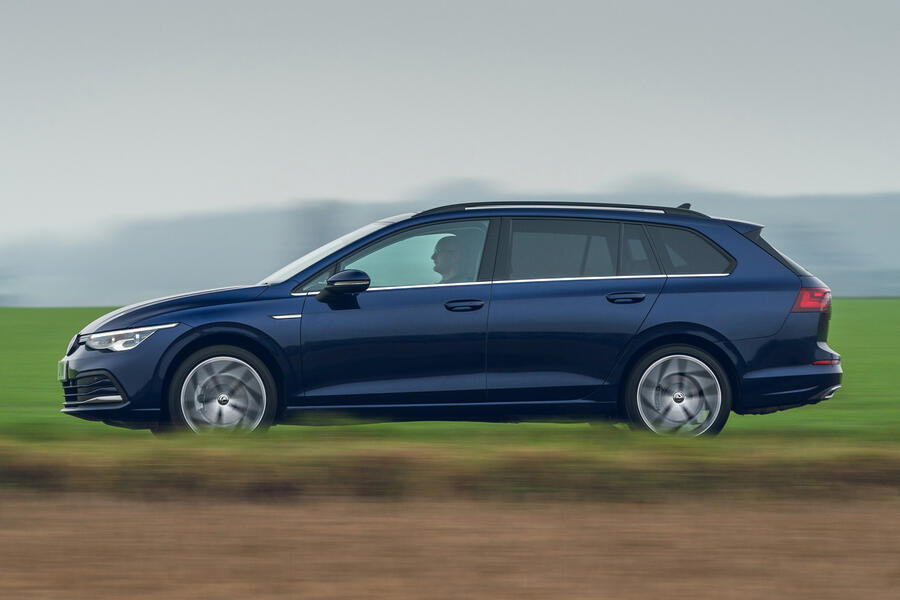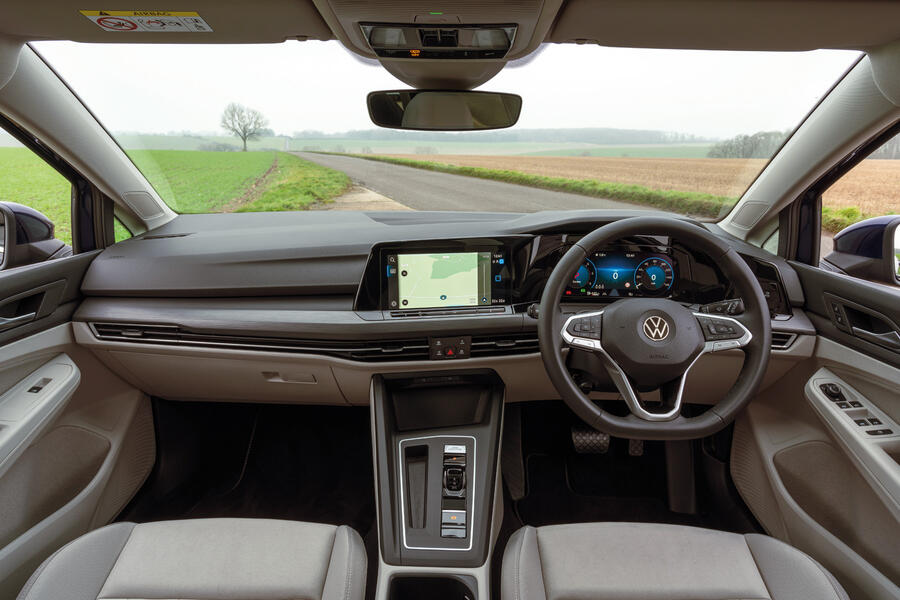What is it?
The Golf Estate is one of those cars that people forget exists. Only when the R version crops up and brings the almost irresistible reality of an extra-spacious but still manageably sized hatch with 300bhp and four-wheel drive do most remember it.
The larger Passat Estate is much more popular, and while you can find alternatives to the Golf Estate in its own class (Ford, Seat, Skoda and Toyota all make one), premium offerings are non-existent. Audi, BMW and Mercedes don’t bother, possibly in an effort to corral buyers to towards their larger, more expensive models, which do offer estate versions.
So what does the Golf Estate buyer get that the Golf hatchback owner does not? Much more boot space, naturally: 611 litres compared with 380. That beats the Focus (575 litres) and the Corolla (598) but not the Leon (620) or the cavernous Octavia (640), which precisely matches the carrying capacity of the Mercedes-Benz E-Class.
Note, however, that the Passat Estate trumps the lot, with 650 litres, even if you go for the plug-in hybrid.

What's it like?
The Golf Estate also has a height-adjustable boot floor, which can be lined up with the low, fairly flat lip for easy loading, and under that floor you will find extra space in the vacant spare-wheel well.
The rear seatbacks then fold almost perfectly flat via pulls near the tailgate, swelling the cargo bay to more than 1640 litres. You might not need to go that far, though. With the longer rear, the ski hatch means this car could genuinely take a set of Matti Nykänen’s planks (if you could tolerate having their tips hovering over the DSG gear selector).
Elsewhere, it’s standard Golf. The cabin is pleasant, barring the poor touchscreen infotainment system, and the driving experience is inoffensive but some way short of the quietly satisfying feel of the Focus.
Unless you go for the raised-up Alltrack, which also has all-wheel drive, the most powerful engines are the 1.5-litre turbo petrol and 2.0-litre diesel tested here (both make 148bhp).
And if it’s long-distance duties and load carrying you seek, the 60mpg-rated diesel is still the way to go. Diesels might be desperately unfashionable in 2021 but this is an excellent unit: refined, responsive, and, with 266lb ft, easily punchy enough.

